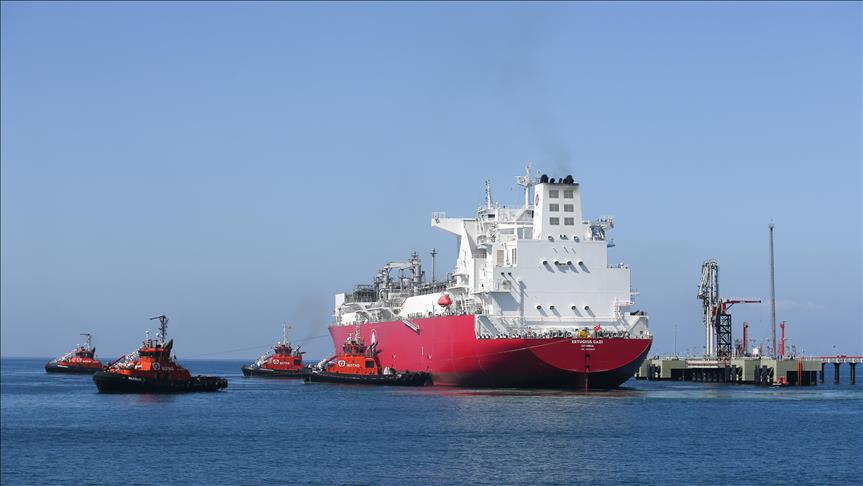The global LNG tanker fleet rose to 642 at the end of 2020 with the addition of 41 vessels, according to the annual report of the International Group of LNG Importers (GIIGNL) on Tuesday.
In 2020, the fleet included 43 floating storage and regasification units (FSRUs) and 58 vessels of less than 50,000 cubic meters.
Total shipping capacity at the end of last year reached around 95.2 million cubic meters, more than in 2019 when capacity amounted to 86.1 million cubic meters.
The operational capacity of vessels actively in service amounted to 93.4 million cubic meters.
In 2020, the average spot charter rate for a 160,000 cubic meter LNG carrier stood at $59,300 per day, compared to an average of $69,300 per day in 2019.
Forty new LNG fleet orders were placed across the globe, including seven FSRUs and two vessels of less than 50,000 cubic meters.
The order book consisted of 147 units of 22.7 million cubic meters, including the seven FSRUs at the end of 2020.
Total orders last year represented 24% of the existing LNG carrier fleet, 72 of which were on order for delivery in 2021.
By Murat Temizer
Anadolu Agency
energy@aa.com.tr


